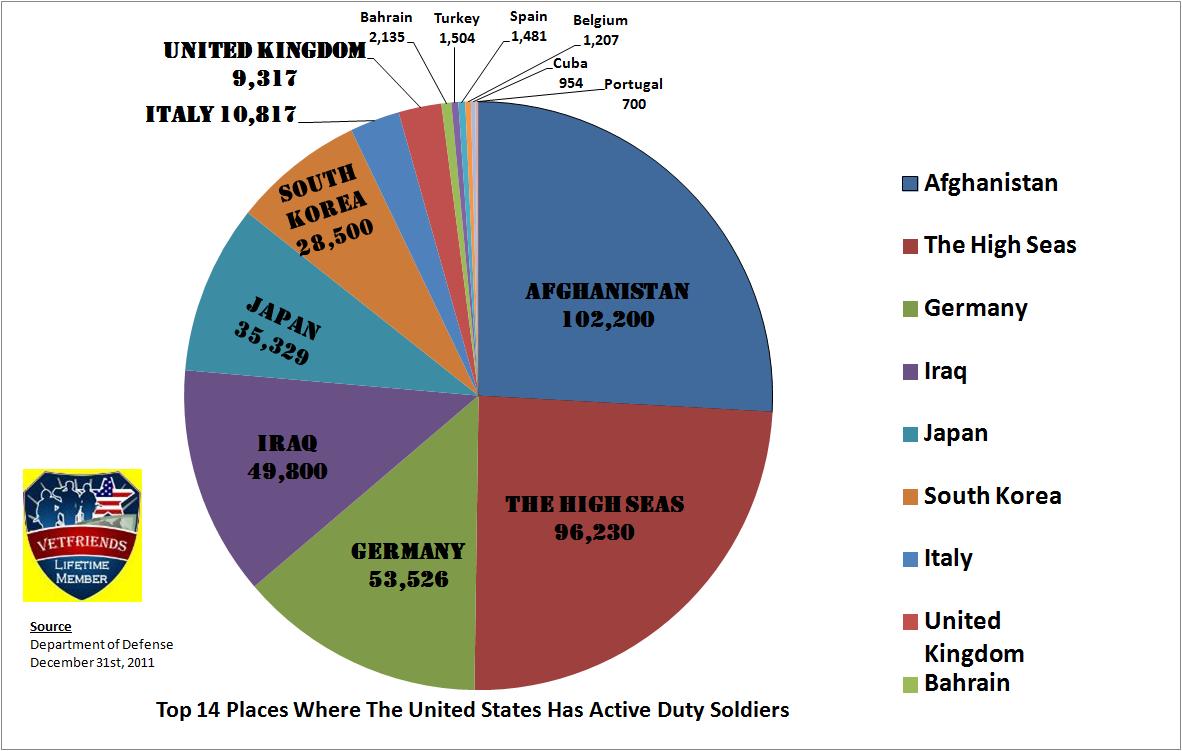If you travel outside the United States the likelihood that you will find a McDonald’s is very high. However, there are still many countries that do not have one. Such is the case of most South Saharan African countries, with the exception of South Africa, Botswana, and Kenya; Iran, Syria, Turkmenistan, and Afghanistan in the Middle East; Mongolia, Kazakhstan, Myanmar, Laos, Cambodia, Vietnam, and Papua New Guinea in Asia; Cuba, Haiti, Bolivia, and Guyana in the America’s. It is interesting to see that Iceland, being a highly developed European nation, does not have one either.
Note: We found this interesting map on the web, but we were unable to find its original source to give it proper credit and link to it as the source for this blog post.










